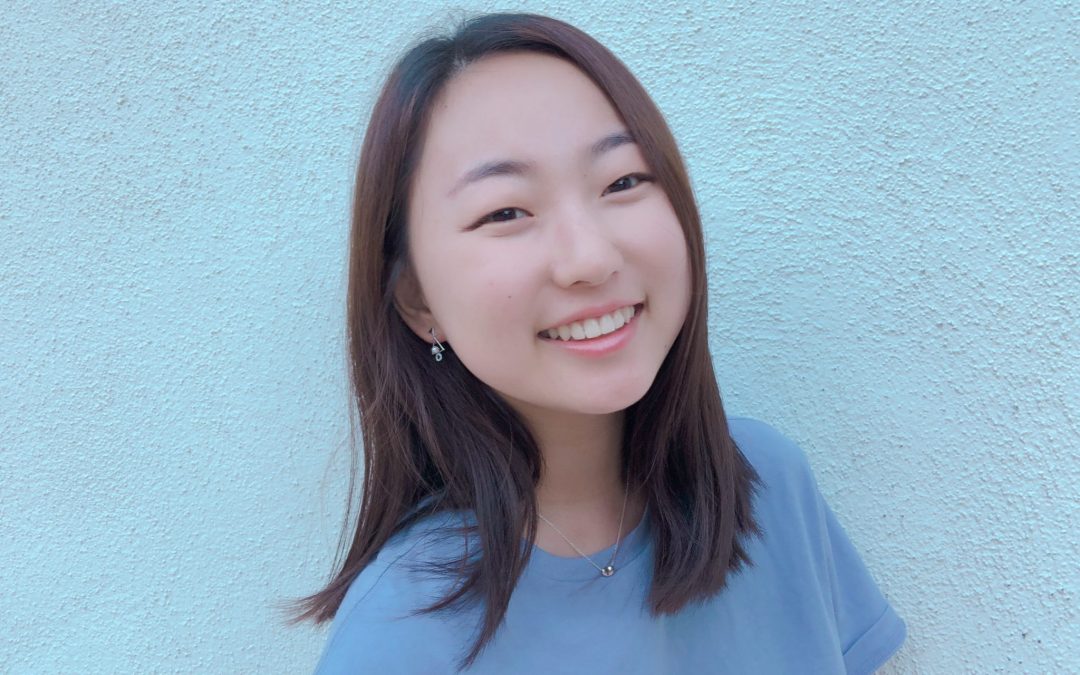Near the end of Fall Quarter of my Freshmen year, our Biology 111 Professor, Dr. Nate Sutter, made an in-class announcement regarding the SEA-PHAGES course that would take place in the winter and spring quarters. SEA-PHAGES stands for Science Education Alliance-Phages Hunters Advancing Genomics and Evolutionary Science and is a two-quarter undergraduate research course that students can take in place of the regular BIOL 112 and BIOL 113 labs. The course involves using lab skills and techniques to isolate and retrieve genetic data of phages, or viruses, in soil samples that the lab students collect from any area at the beginning of the quarter.
Hearing about what this research course would teach me about viruses, in addition to useful lab skills and techniques that I would develop, made me excited about wanting to take this course. It only took a moment for me to decide to fill out and submit the application a week later from the Biology department.
Upon receiving an email that I had been accepted, I expected to be excited; however, I became nervous instead. As I wore my first white lab coat, which made everything seem more “official,” I grew even more nervous during the first lecture as the instructor explained the long procedure we had to perform to isolate a virus and retrieve its genetic data.
In the course, we started out by simply collecting soil from any area in hopes of finding a new virus. I collected my soil sample next to the dumpster in the parking lot of Angwin Hall on a rainy day. On our first “actual” lab day, we started out by isolating any possible phages by separating them from the soil and shoving them into a liquid using the magical lab machine called the centrifuge. The next procedure we performed over the next nine weeks, basically combining our phage solution with bacteria (the phage needs to grow and it needs their friend, bacteria, to do so!) and putting them on circle plates. We then incubated the plates (incubating provides this nice, warm environment for the phages to grow on the bacteria) and then hopefully found circular holes, called plaques, on the plates, which would then indicate that we did indeed have a virus. Yay! This was the best part. Seeing those holes made those of us in the lab very, very, very excited.
To put it into simple words, the students who were able to complete the entire procedure eventually had a picture of their virus and two students were selected to present on their viruses at a symposium at the end of spring quarter.

Although I wasn’t selected to present, I did get a picture of my cute little virus which I named EyeYaiSpicy because the soil from which I isolated it from was growing a small chili plant. Applying for SEA-PHAGES was one of the best choices I have made so far in my college career. It was such an enjoyable course and the professors in charge have all been so kind. They really care about your success. The friendships I have made with my classmates have been forged by trial as we struggled and succeeded together in lab. As you can see, everything that I have written about SEA-PHAGES is very positive. If you are ever offered a position in this course, as the famous Nike saying goes: Just do it!
- Kay Kim, Class of 2021

